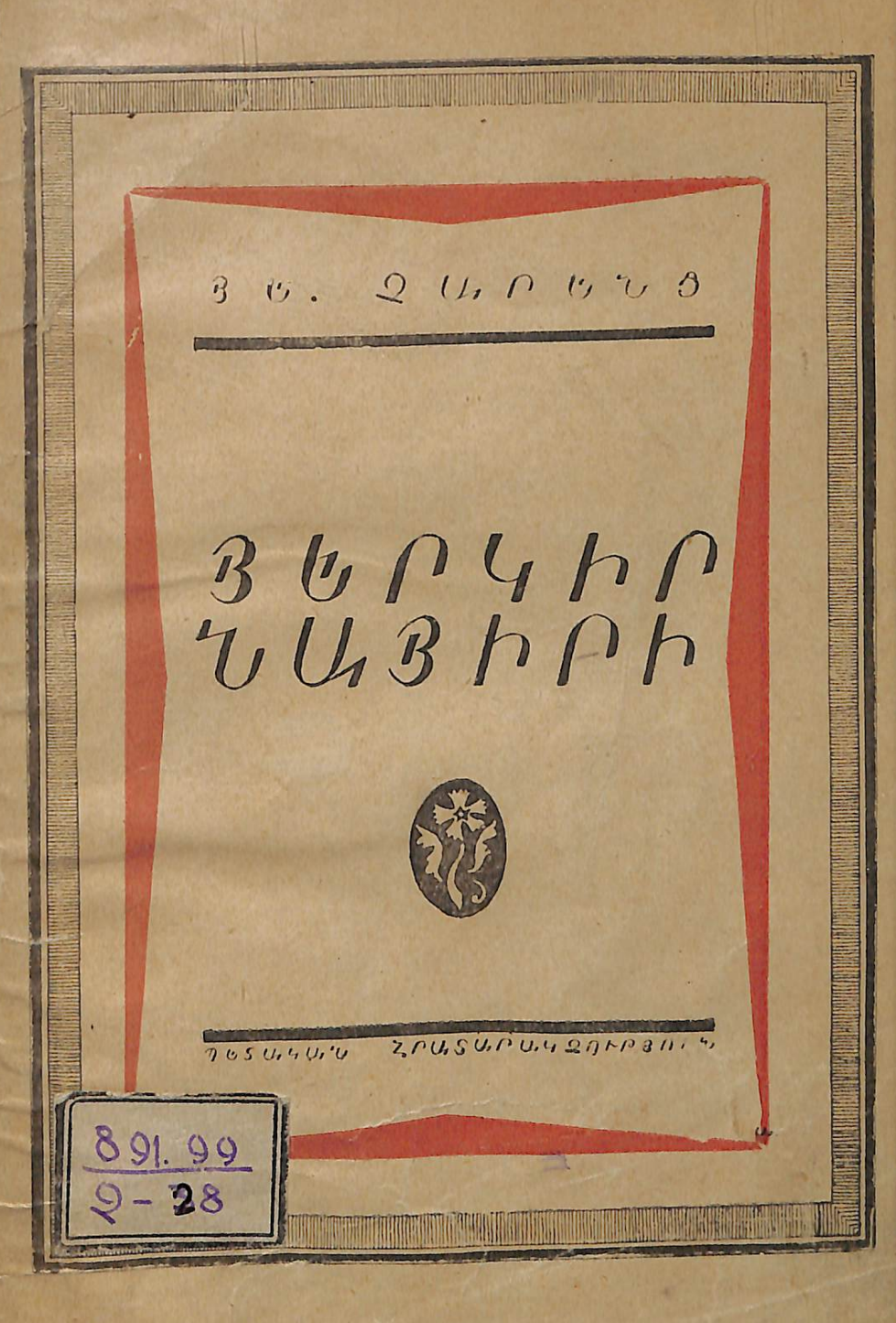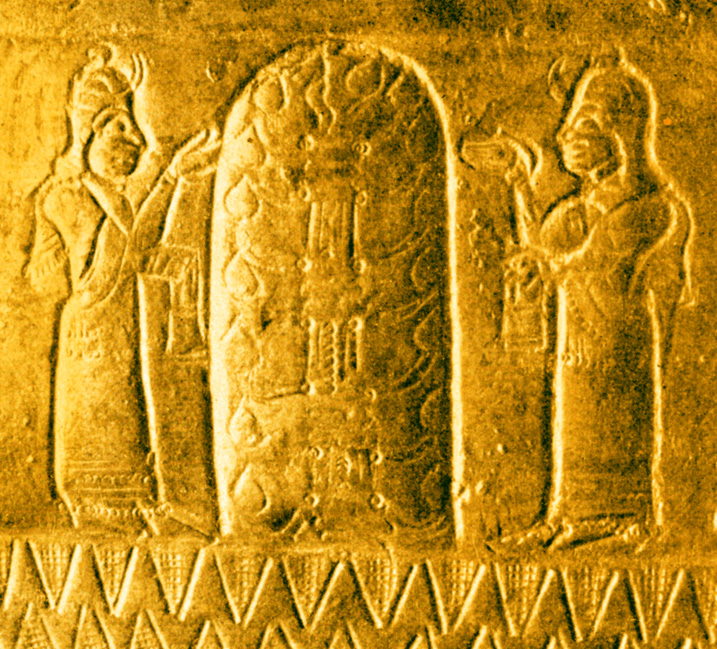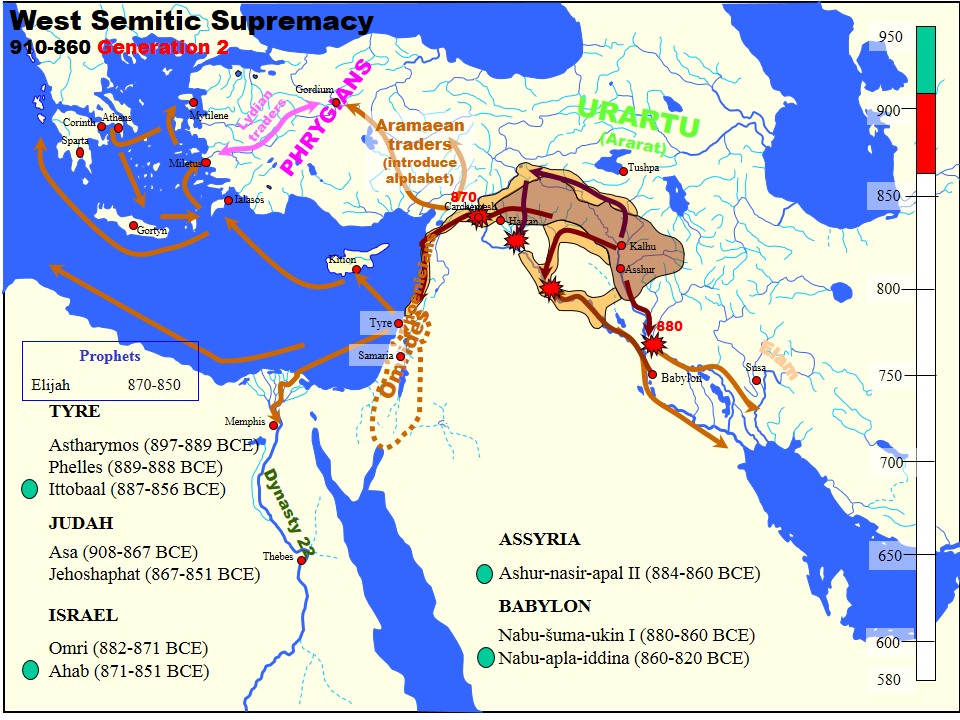|
Nairi
Nairi (Traditional Armenian Orthography, classical hy, Նայիրի, ''Nayiri'', Reformed Armenian Orthography, reformed: Նաիրի, ''Nairi''; , also ''Na-'i-ru'') was the Akkadian language, Akkadian name for a region inhabited by a particular group (possibly a confederation or league) of tribal principalities in the Armenian Highlands, approximately spanning the area between modern Diyarbakır, Diyabakır and Lake Van and the region west of Lake Urmia. Nairi has sometimes been equated with Nihriya, known from Mesopotamian, Hittite, and Urartian sources. However, its co-occurrence with Nihriya within a single text may argue against this. Prior to the Late Bronze Age collapse, Bronze Age collapse, the Nairi tribes were considered a force strong enough to contend with both Assyria and Hittite New Kingdom, Hatti. If Nairi and Nihriya are to be identified, then the region was the site of the Battle of Nihriya (c. 1230 BCE), the culminating point of the hostilities between Hittites ... [...More Info...] [...Related Items...] OR: [Wikipedia] [Google] [Baidu] |
Arme-Shubria
Urartu (; Assyrian: ',Eberhard Schrader, ''The Cuneiform inscriptions and the Old Testament'' (1885), p. 65. Babylonian: ''Urashtu'', he, אֲרָרָט ''Ararat'') is a geographical region and Iron Age kingdom also known as the Kingdom of Van, centered around Lake Van in the historic Armenian Highlands. The kingdom rose to power in the mid-9th century BC, but went into gradual decline and was eventually conquered by the Iranian Medes in the early 6th century BC. Since its re-discovery in the 19th century, Urartu, which is commonly believed to have been at least partially Armenian-speaking, has played a significant role in Armenian nationalism. Names and etymology Various names were given to the geographic region and the polity that emerged in the region. * Urartu/Ararat: The name ''Urartu'' ( hy, Ուրարտու; Assyrian: '; Babylonian: ''Urashtu''; he, אֲרָרָט ''Ararat'') comes from Assyrian sources. Shalmaneser I (1263–1234 BC) recorded a campaign in ... [...More Info...] [...Related Items...] OR: [Wikipedia] [Google] [Baidu] |
Urartu
Urartu (; Assyrian: ',Eberhard Schrader, ''The Cuneiform inscriptions and the Old Testament'' (1885), p. 65. Babylonian: ''Urashtu'', he, אֲרָרָט ''Ararat'') is a geographical region and Iron Age kingdom also known as the Kingdom of Van, centered around Lake Van in the historic Armenian Highlands. The kingdom rose to power in the mid-9th century BC, but went into gradual decline and was eventually conquered by the Iranian Medes in the early 6th century BC. Since its re-discovery in the 19th century, Urartu, which is commonly believed to have been at least partially Armenian-speaking, has played a significant role in Armenian nationalism. Names and etymology Various names were given to the geographic region and the polity that emerged in the region. * Urartu/Ararat: The name ''Urartu'' ( hy, Ուրարտու; Assyrian: '; Babylonian: ''Urashtu''; he, אֲרָרָט ''Ararat'') comes from Assyrian sources. Shalmaneser I (1263–1234 BC) recorded a campaign in wh ... [...More Info...] [...Related Items...] OR: [Wikipedia] [Google] [Baidu] |
Diauehi
Diauehi (Georgian ''დიაოხი,'' Urartian ''Diauehi'', Greek ''Taochoi'', Armenian ''Tayk'', possibly Assyrian ''Daiaeni'',) was a tribal union located in northeastern Anatolia, that was recorded in Assyrian and Urartian sources during the Iron Age. It is usually (though not always) identified with the earlier Daiaeni (Dayaeni), attested in the Yonjalu inscription of the Assyrian king Tiglath-Pileser I's third year (1118 BC) and in later records by Shalmaneser III (845 BC). While it is unknown what language(s) they spoke,Robert. H. Hewsen. ''The Geography of Ananias of Širak: Ašxarhacʻoycʻ, the Long and the Short Recensions''. 1992. https://archive.org/stream/TheGeographyOfAnaniasOfSirak/The%20Geography%20of%20Ananias%20of%20Sirak_djvu.txt they may have been speakers of a Kartvelian,A. G. Sagona. ''Archaeology at the North-East Anatolian Frontier'', p. 30. Armenian, or Hurrian language. Location Although the exact geographic extent of Diauehi is still unclear, many ... [...More Info...] [...Related Items...] OR: [Wikipedia] [Google] [Baidu] |
Bit-Zamani
Bit-Zamani is an ancient Aramean state in northern Mesopotamia, located within the mountainous region of Tur Abdin. In Bit-Zamani was the city of Amida (Amedu, modern Diyarbakır). It was one of the four Aramean states that bordered Assyria. The others were Bit-Halupe, Bit Bahiani and Laqe. By the ninth century BC all of them lost to Assyria. History The first time Bit-Zamani named was in Assyrian texts from the beginning of the 13th century BC, originating in the city of Shibaniba (modern Tell Billa), in which Ashur-kashid, governor of Bit-Zamani was mentioned. Then Bit-Zamani appears only in Assyrian sources from the beginning of the ninth century BC, from the reign of Assyrian king Tukulti-Ninurta II (890–884 BC). The king was victorious over Ammi-Ba'al, the king of Bit-Zamani, and then entered into a treaty with him, as a result of which Bit-Zamani became an ally, and in fact a vassal of Assyria. Ammi-Ba'al remained in power, but from that moment on, he had to support Tukul ... [...More Info...] [...Related Items...] OR: [Wikipedia] [Google] [Baidu] |
Tur Abdin
Tur Abdin ( syr, ܛܽܘܪ ܥܰܒ݂ܕܺܝܢ or ܛܘܼܪ ܥܲܒ݂ܕܝܼܢ, Ṭūr ʿAḇdīn) is a hilly region situated in southeast Turkey, including the eastern half of the Mardin Province, and Şırnak Province west of the Tigris, on the border with Syria and famed since Late Antiquity for its Christian monasteries on the border of the Roman Empire and the Sasanian Empire. The area is a low plateau in the Anti-Taurus Mountains stretching from Mardin in the west to the Tigris in the east and delimited by the Mesopotamian plains to the south. The Tur Abdin is populated by more than 80 villages and nearly 70 monastery buildings and was mostly Syriac Orthodox until the early 20th century. The earliest surviving Christian buildings date from the 6th century. In Late Antiquity, the area was part of the Roman Empire's province of Mesopotamia and an important centre of Roman Christianity, called in or . The Tur Abdin was fortified by the emperor Constantius II (), who constructed ... [...More Info...] [...Related Items...] OR: [Wikipedia] [Google] [Baidu] |
Lake Van
Lake Van ( tr, Van Gölü; hy, Վանա լիճ, translit=Vana lič̣; ku, Gola Wanê) is the largest lake in Turkey. It lies in the far east of Turkey, in the provinces of Van and Bitlis in the Armenian highlands. It is a saline soda lake, receiving water from many small streams that descend from the surrounding mountains. It is one of the world's few endorheic lakes (a lake having no outlet) of size greater than and has 38% of the country's surface water (including rivers). A volcanic eruption blocked its original outlet in prehistoric times. It is situated at above sea level. Despite the high altitude and winter highs below , high salinity usually prevents it from freezing; the shallow northern section can freeze, but rarely. Hydrology and chemistry Lake Van is across at its widest point. It averages deep. Its greatest known depth is . The surface lies above sea level and the shore length is . It covers and contains (has volume of) . The western portion of the ... [...More Info...] [...Related Items...] OR: [Wikipedia] [Google] [Baidu] |
Hayasa-Azzi
Hayasa-Azzi or Azzi-Hayasa ( hit, URUḪaiaša-, hy, Հայասա) was a Late Bronze Age confederation in the Armenian Highlands and/or Pontic region of Asia Minor. The Hayasa-Azzi confederation was in conflict with the Hittite Empire in the 14th century BC, leading up to the collapse of Hatti around 1190 BC. It has long been thought that Hayasa-Azzi may have played a significant role in the ethnogenesis of Armenians. Location Hittite inscriptions deciphered in the 1920s by the Swiss scholar Emil Forrer testify to the existence of the mountainous country, Hayasa-Azzi, lying to the east of Hatti in the Upper Euphrates region. Its western border seems to have alternated between Samuha (probably just west of modern Sivas) and Kummaha (likely modern Kemah, Erzincan). These areas later geographically overlapped, at least partially, with the Upper Armenia province of the Kingdom of Armenia and the neighboring region of Lesser Armenia. Hayasa-Azzi seems to have been bordered ... [...More Info...] [...Related Items...] OR: [Wikipedia] [Google] [Baidu] |
Ashurnasirpal II
Ashur-nasir-pal II (transliteration: ''Aššur-nāṣir-apli'', meaning " Ashur is guardian of the heir") was king of Assyria from 883 to 859 BC. Ashurnasirpal II succeeded his father, Tukulti-Ninurta II, in 883 BC. During his reign he embarked on a vast program of expansion, first conquering the peoples to the north in Asia Minor as far as Nairi and exacting tribute from Phrygia, then invading Aram (modern Syria) conquering the Aramaeans and Neo-Hittites between the Khabur and the Euphrates Rivers. His harshness prompted a revolt that he crushed decisively in a pitched, two-day battle. According to his monument inscription, while recalling this massacre he says: Following this victory, he advanced without opposition as far as the Mediterranean and exacted tribute from Phoenicia. On his return home, he moved his capital to the city of Kalhu (Nimrud). Family Ashurnasirpal II's father was Tukulti-Ninurta II. His son and successor was Shalmaneser III. His queen was Mullissu-muk ... [...More Info...] [...Related Items...] OR: [Wikipedia] [Google] [Baidu] |
Late Bronze Age Collapse
The Late Bronze Age collapse was a time of widespread societal collapse during the 12th century BC, between c. 1200 and 1150. The collapse affected a large area of the Eastern Mediterranean (North Africa and Southeast Europe) and the Near East, in particular Egypt, eastern Libya, the Balkans, the Aegean, Anatolia, and the Caucasus. It was sudden, violent, and culturally disruptive for many Bronze Age civilizations, and it brought a sharp economic decline to regional powers, notably ushering in the Greek Dark Ages. The palace economy of Mycenaean Greece, the Aegean region, and Anatolia that characterized the Late Bronze Age disintegrated, transforming into the small isolated village cultures of the Greek Dark Ages, which lasted from around 1100 to the beginning of the better-known Archaic age around 750 BC. The Hittite Empire of Anatolia and the Levant collapsed, while states such as the Middle Assyrian Empire in Mesopotamia and the New Kingdom of Egypt survived but were weake ... [...More Info...] [...Related Items...] OR: [Wikipedia] [Google] [Baidu] |




